Written by Proactive Physical Therapy on July 13, 2018 |

Chronic regional pain syndrome (CRPS) is a disorder which causes chronic widespread pain that is at a greater duration or magnitude than normal for a traumatic event. CRPS often develops 4-6 months after an incident such as an injury, stroke, burn, surgery, local infection, or frostbite. The cause of CRPS is not well understood, however it seems to be a multifactorial process involving alterations of nerve and brain functioning.
Continue Reading »
Written by Proactive Physical Therapy on June 27, 2018 |
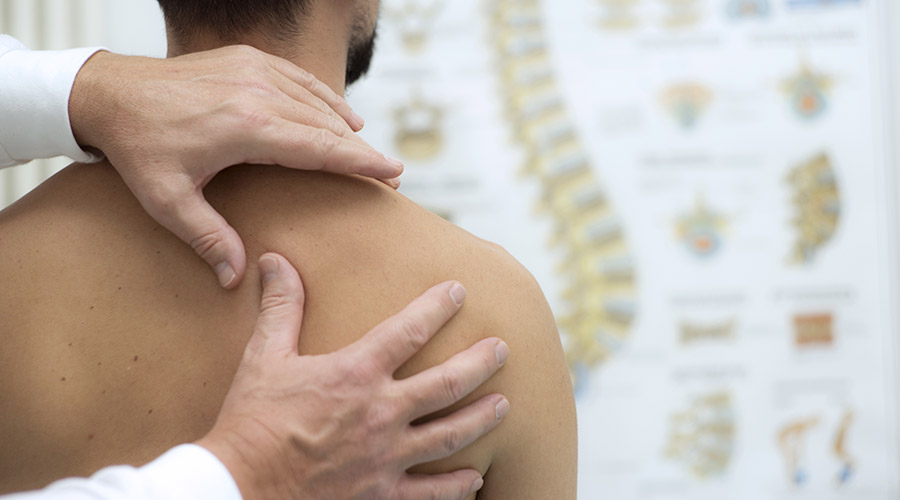
To say that a shoulder joint is “Impinged” is a vague statement. Shoulder pain comes in many forms, but this blanket impingement term IS a way to start a conversation. Most shoulder pain deals with the issue of space, and structures that exist in a limited space. Specifically, bursa (fluid sacs), fibrous capsular tissue, muscles and their tendinous attachments to bone are tightly arranged in a small window that changes size with arm movement. When someone has pain in the shoulder, it’s important to discover which of these structures is limiting motion or making it painful.
Continue Reading »
Written by Proactive Physical Therapy on June 19, 2018 |
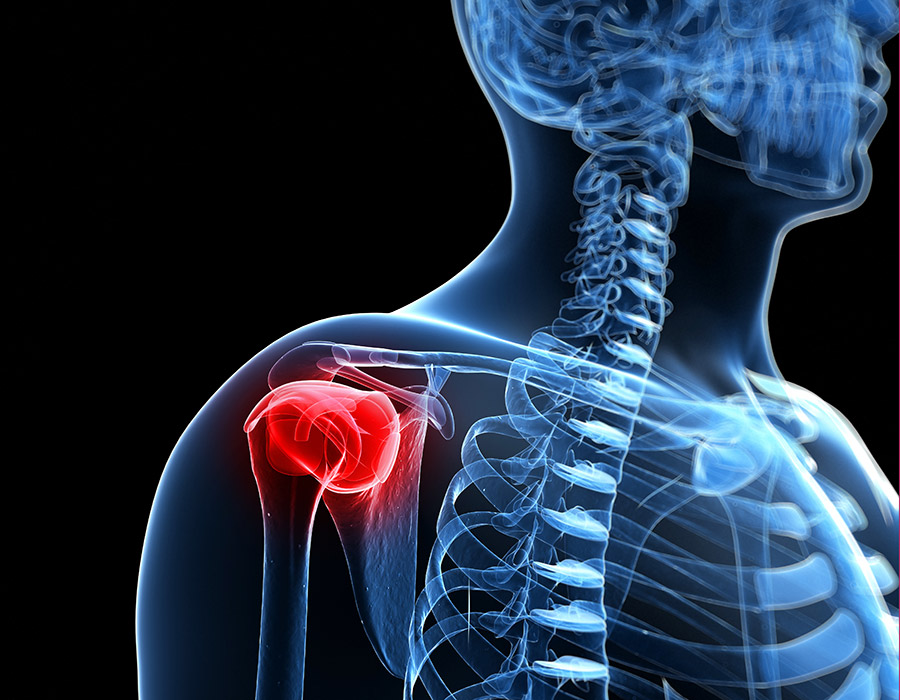
We often refer to the rotator cuff when talking about shoulder injuries. Whether pain is caused by an anatomical spacing issue or due to poor posture/muscle weakness (more on this in the shoulder impingement article), the rotator cuff is addressed in most shoulder diagnoses. So what does this term mean exactly?
Continue Reading »
Written by Emily on May 24, 2018 |
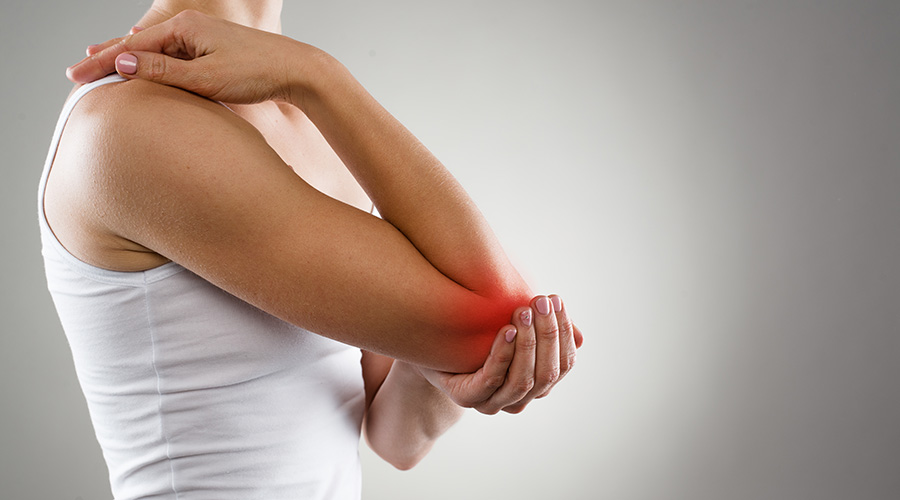
Have you felt pain or numbness in your elbow which then travels toward half of the ring and small finger in your hand? If so, you may have Cubital Tunnel Syndrome. This occurs when there is compression of the ulnar nerve within the cubital tunnel. The ulnar nerve travels down the medial side of the elbow and forearm branching off in the hand to half of the ring and small finger.
Continue Reading »
Written by Emily on May 11, 2018 |

Feeling as if your hand is “asleep” is a common symptom in individuals with carpal tunnel syndrome. The primary areas affected include the palmar side of the thumb, index, middle, and partial ring finger. Individuals who are deemed obese (BMI>29) are 250% more likely to develop CTS than those with a BMI<20. Similarly, people who have jobs performing repetitive motions have a higher chance of developing carpal tunnel syndrome. Numbness and tingling may occur when pressure is increased in the carpal tunnel.
Continue Reading »
Written by Donovan on April 25, 2018 |

Inactivity is considered one of four major factors contributing to premature mortality. Research shows that regular structured physical activity can have many benefits including decreased risk of coronary artery disease (CAD), stroke, diabetes (type 2), and some forms of cancer (e.g. colon and breast cancers).1 Regular structured exercise can also improve sense of well-being and lower the risk of cognitive decline and dementia.2,3,4 The American College of Sports Medicine has outlined the recommended dosages of Cardiovascular, Resistance, Flexibility, and Neuromotor (balance, coordination, agility, and gait) exercise.
Continue Reading »
Written by Donovan on April 13, 2018 |

It has been noted that falls account for an increase in mortality and mobility in the older adult. It has been said that approximately 30-40% of people >65 years of age fall at least 1 time a year.1,2 Medical costs for fatal and non-fatal falls accounts for $19 billion and $.2 billion dollars respectively.3 The following are factors which may contribute to an elevated fall risk: Continue Reading »
Written by Maria on January 22, 2018 |
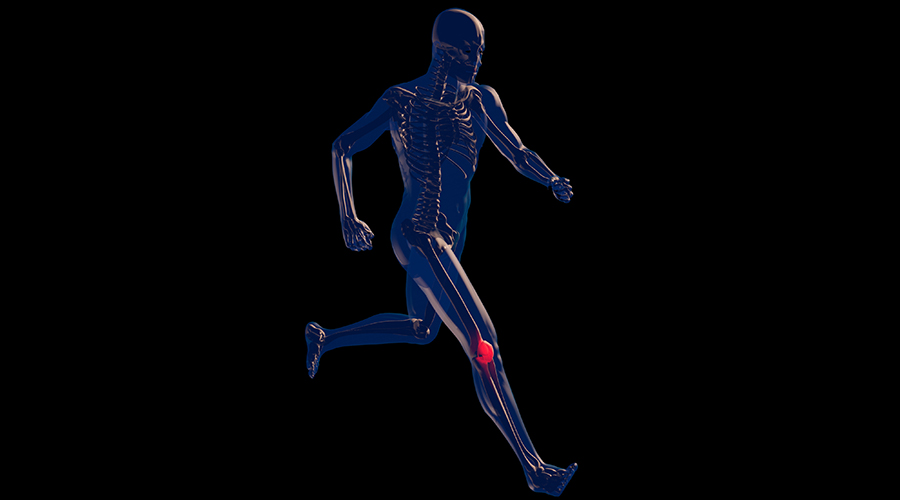
Patello-Femoral Pain Syndrome (PTPS) is often associated with any pain in front of the knee and around the patella or kneecap. Anterior knee pain is a concept that is experienced by many patients where the cause can vary from improper alignment to muscle dysfunction, or when the cartilage under the kneecap is damaged due to injury or overuse. This syndrome can be referred to as chondromalacia and runner’s knee. It is frequently seen in teenage athletes, people whose jobs require frequent standing, squatting, climbing ladders or stairs and can include cyclists and hikers. Symptoms are commonly intensified with descending stairs, prolonged driving with a bent knee, squatting and kneeling. Frequently people hear a click and the most common reason people experience this pain is overuse. Contributing factors to the syndrome include weakness, and tightness of the muscles around the hip and knee, an abnormality in the lower leg and hip alignment, and or improper tracking of the knee cap.
Continue Reading »
Written by Maria on January 10, 2018 |

In this era of technology, a common symptom experienced by people who sit for extended hours at a computer are neck and shoulder pain. This phenomenon is referred to as forward head posture. As Physical Therapists, we often see this prolonged posture with the person who does repetitive work in an assembly line and is stooped forward or sits forward, the commuter sitting in traffic, a student who studies for endless hours, or in adolescents texting or playing video games. There is also the executive who sits uninterrupted with his head forward. Neck pain usually impairs function in daily activities and significantly impacts quality of life. Patients present with neck and or shoulder that can refer into the mid back and scapulas.
Continue Reading »
Written by Nicole on November 21, 2017 |
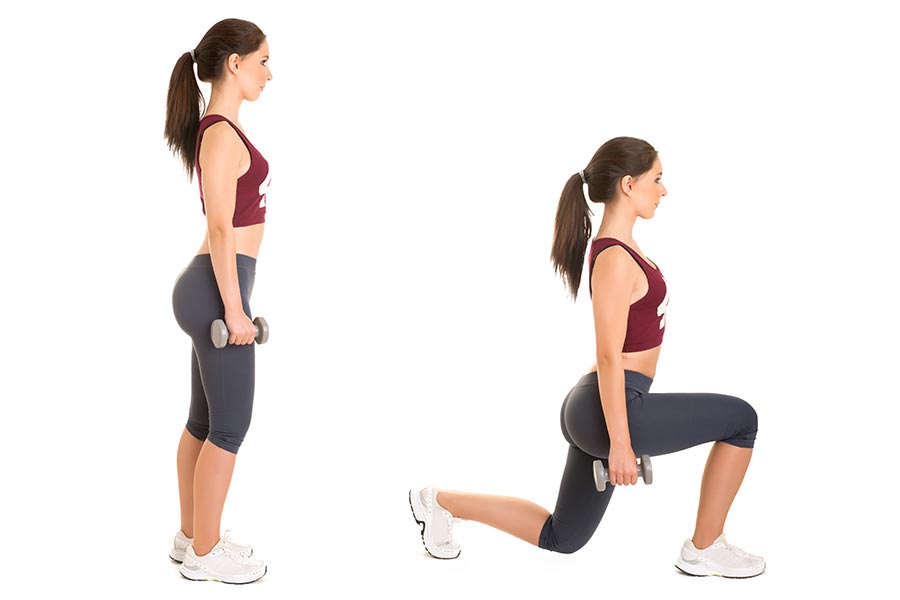
Pain is an alert that the body is not working optimally, and it should be addressed. People tend to want to work through pain while exercising or to get things done around the house; however, this can lead to injury. It is best to address the issues causing pain immediately and fix them so that we can avoid long term issues. When muscles are tight or weak, or joints are stiff or unstable, the body does not work at its best. It automatically compensates by using different muscles or poor alignment to get the job done. Muscle tightness and weakness are results of how they are being used day to day.
Continue Reading »











